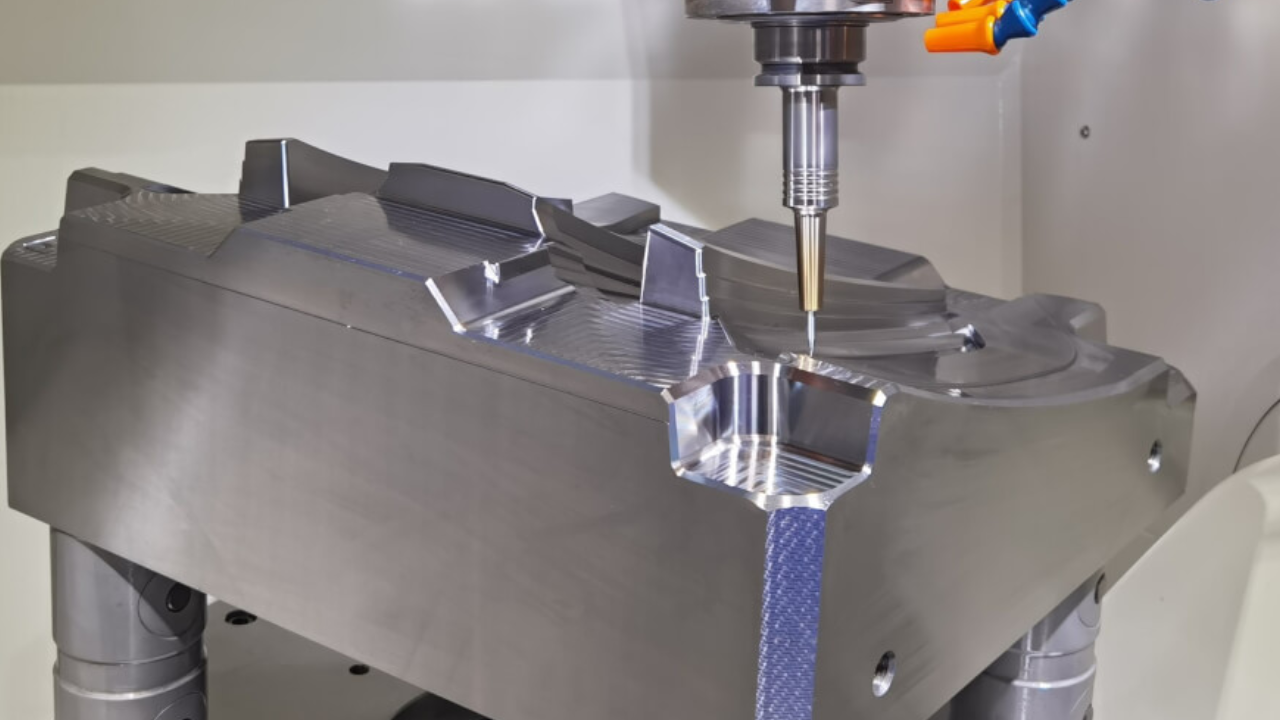Plastic injection molding holds sizable significance in modern-day manufacturing due to its versatility and considerable applicability throughout diverse industries. It allows the production of complex and precise plastic additives in huge volumes with high efficiency and repeatability. This capability is crucial in sectors including automobiles, electronics, medical devices, consumer goods, and beyond.
The technique lets manufacturers reap intricate designs and distinct capabilities that may be challenging or impractical with other manufacturing strategies. By making use of numerous styles of thermoplastics and thermosetting polymers, injection molding gives flexibility in material choice, catering to unique performance requirements consisting of power, flexibility, and heat resistance. Moreover, plastic molding helps cost-effective manufacturing by minimizing material waste and optimizing cycle instances.
The Detailed Process of Plastic Injection Molding
Huge-scale manufacturing of intricate and precise plastic additives is made viable by way of the plastic injection molding technique. Here, we delve into the special steps of plastic injection molding.
Clamping
The process begins with the coaching of the mold. Two halves of the mold, the stationary, and the movable halves, are securely clamped together under high stress. This clamping force is crucial as it keeps the mold closed throughout the injection and cooling phases to prevent any cloth leakage or mildew deformation.
Injection
Once the mold is clamped, the injection system starts to evolve. Plastic pellets or granules, are fed into the injection molding system's hopper. Those uncooked materials are heated and melted with the use of a reciprocating screw and barrel assembly. The molten plastic is then injected into the mold cavity via a nozzle and runner device under excessive strain. This pressure guarantees that the mold is filled and that the plastic fabric takes the form of the mold's hollow space correctly.
Cooling
After the mold hollow space is filled with molten plastic, the cooling section starts. The injected plastic material begins to cool and solidify inside the mold. Cooling can be controlled using diverse methods, consisting of cooling channels within the mold or external cooling systems. Right cooling is essential because it determines the quality and dimensional accuracy of the final plastic component.
Ejection
After the plastic element has cooled and set within the formed cavity, the ejection segment begins. Ejector pins push the molded component out of the mold while the mold opens. To avoid inflicting damage to the mold or the factor itself, this method has to be carefully managed. Ejection denotes the fruition of the embellishment cycle, considering the evacuation of the completed part for additional management and examination before the following cycle starts.
Trimming and Finishing
After ejection, the newly formed plastic component may additionally have extra material, which includes flash or gate vestiges, attached to it. Trimming and completing operations remove those extra materials and any imperfections from the component. This stage may involve slicing, trimming, or machining approaches to gain the preferred final shape and surface end.
Quality Control
At some stage in the injection molding process, first-class control measures are carried out to ensure that every part meets the required layout necessities and standards. This consists of monitoring parameters consisting of part dimensions, material quality, and visual appearance. Inspection strategies, which include dimensional size, visible inspection, and automatic structures, are used to verify component quality.
Repeating the Cycle
As soon as the molded part is ejected and inspected, the injection molding process may be repeated to supply extra parts. Current injection molding machines can work in a non-stop cycle, permitting high-extent manufacturing of the same plastic parts effectively.
Conclusion
Plastic injection molding is a sophisticated manufacturing system that entails several specific steps to supply superplastic elements. From mold coaching and material injection to cooling, ejection, and completion, each level plays a vital role in attaining the desired component traits. With ongoing technological advancements and innovation, injection molding continues to conform, providing producers with better capabilities and efficiency in producing plastic components for an extensive variety of applications.


